The juxtaposition of chemical phenomena and the cosmic passage of time, remains a fascinating occurrence with ever-transforming elements marrying and separating from each other to create newer elements and charming, surprising, or adverse processes. Think of a litmus paper changing hues according to pH levels, or the touch-me-not-plant shying away as a defence mechanism. Now, think of what the results would be of adding the discipline of design to this already intriguing mix, with objects, its ergonomics, functions and aesthetics merging combining with natural and choreographed processes. What kind of programmatic objects and material-led methods would this experimental cross-pollination yield?
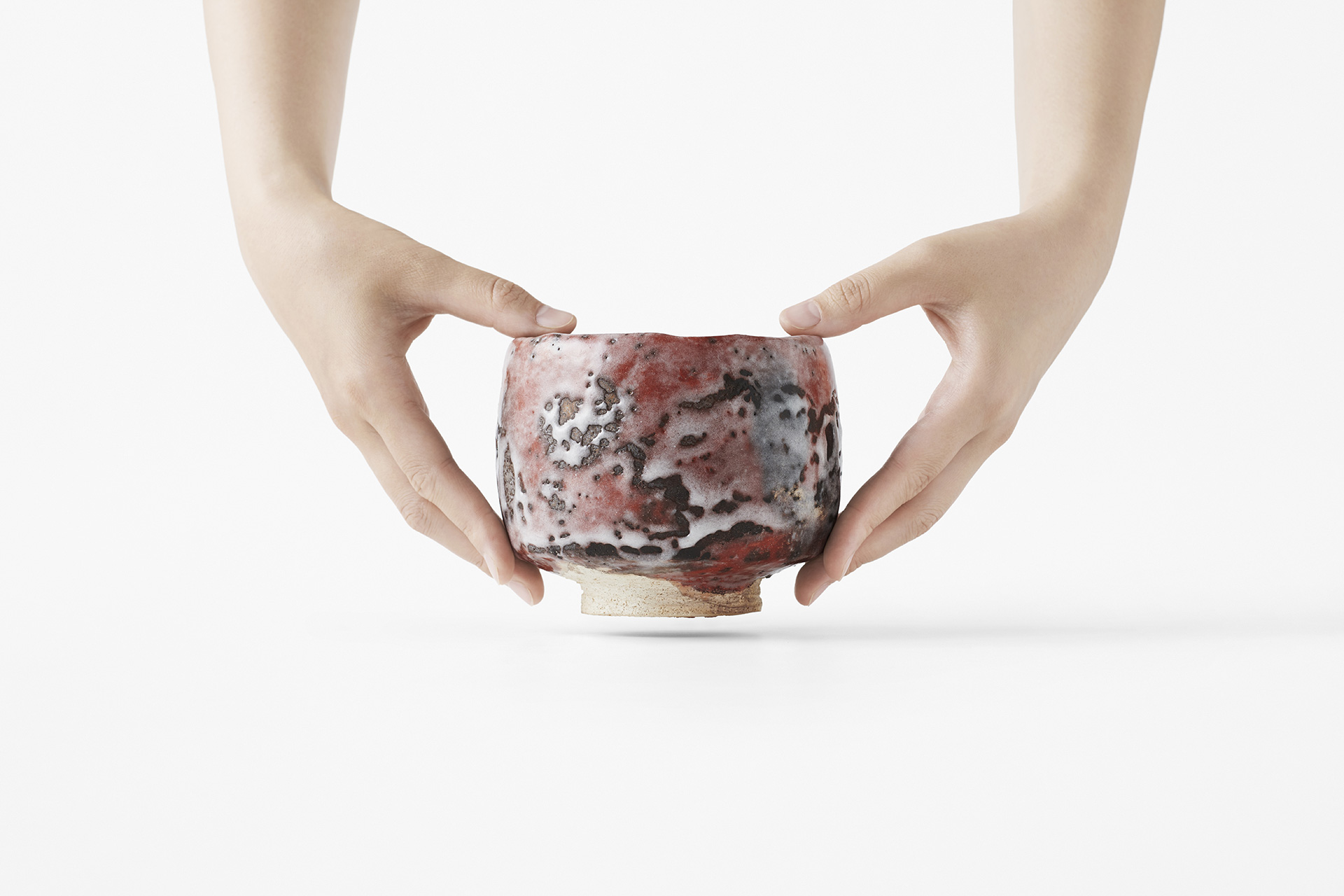
Look no further than this humble yet creative collaboration between renowned Japanese architectural and design studio Nendo and Raku Kichizaemon Jikinyu for KICHIZAEMON X, an exhibition series that presents artists and their curated works drawing and binding with tradition, contemporaneity, diverse craftsmanship and varied material narratives. In its 13th instalment, Nendo and the Raku master potter conceived an array of five works in alliance with a small team of Japanese artists and artisans, focusing on the passage of time, texture, interior as well as the materiality of Raku ware (a type of Japanese pottery, typically handle-less, organically shaped tea bowls used in traditional tea ceremonies). The exhibition at the Raku Kichizaemon Wing of the Sagawa Art Museum (the client) in Moriyama, Shiga Prefecture, Japan will remain on display from September 16, 2022, to March 11, 2023.
KICHIZAEMON X comprises a sundry and grounded collection of reinterpreted tea bowl designs revelling in unevenness, asymmetry and experimentative, hand-made processes: Junwan -Chroma- is a collection of eight ceramic works created by soaking them in ink to divorce pigments, while Junwan -Redox- is an assortment of three ceramic art pieces fired after absorbing metal. Both of these stem from a work titled Junwan—an outcome of the first collaboration between Nendo and Raku Jikinyu exhibited at the Nendo Sees Kyoto exhibition at Nijo-jo Castle in Kyoto, which showcased Nendo’s works created in collaboration with Kyoto’s traditional craftspeople and ateliers. KICHIZAEMON X also features Jihada, an installation piece consisting of five tiny open rooms; Chuwan, evocative of the passing of time and the beauty of the hand-made; and Michiwan, a series of four pieces that materialise the internal space and essence of Raku ware.
Chuwan
One of the most distinct facets of Raku ware is its rawness from earthen materiality, which is painstakingly achieved by hand moulding instead of wheel throwing. “Thus, the form of a Raku tea bowl is uneven, distinct from the radial symmetry of a thrown bowl. In searching for an exhibition method that showcases this characteristic, the idea to float and rotate the object was conceived,” shares Oki Sato, founder of Nendo. The project’s moniker, Chuwan, is a mix of the words Chawan – Japanese for ‘tea bowl’, and Chu, which means mid-air, explaining how the displayed bowls remain seemingly afloat.
Several electromagnets and permanent ones were combined in a process to accomplish a balance between their polar opposite forces of repulsion and attraction. This resulted in a “floating mechanism” akin to a linear motor car – because these bowls were created with a thick base, this magnet could be embedded in order for it to float 7 mm from the pedestal fitted with levitation mechanics. The hovering bowls also rotate gently, owing to a premeditated wind that is softly blown from a stand fixed nearby, facing it.
Upon entering the exhibition space, visitors are met with backlit bowls, appearing ephemeral in silhouettes that shift ever so imperceptibly. Upon moving further in and viewing the design from the side instead of the front, the choreographed light throws the objects’ details into a clear vision, replete with its glazing, textural crazing and unevenness. “The exhibition method embodies the flow of time inherent to the ‘traceries of the hand’ present in each Raku bowl,” the Japanese designer shares.
Jihada
“This installation was born from a suggestion from Raku Jikinyu, that the tea bowls might be exhibited not on stands, but as they integrate into daily life,” explains the design studio. The setting consisted of furniture pieces such as bookshelves, drawers, doors, and windows, as well as objects such as dinnerware, picture frames, bottles, cans, books, and clocks. These were condensed to their basic forms and finished in matte black to avoid any association with direct, real-life use. These components were then assembled to create an "interior space in a minimal unit" as small rooms, into which the bowl designs were fitted.
To integrate the tea bowl into this crafted, art exhibition space, a segment of its surface texture was 3D scanned and replanted onto parts and faces of the other installed objects. “Winding waterways, rough mountainsides, the skin of a tree—by scaling the textures by 0.25x to 3x, the diversity of stories embedded in the tea bowl’s texture was accentuated,” adds Sato. Finally, five different spaces were created and the textures used in each were taken from their respective tea bowls. “The resulting expression is as if the earthen skin (jihada) of the tea bowl has spread across its surrounding space, like moss or tree roots engulfing the environments they inhabit.”
Michiwan
Taking a leaf out of Raku biographies including Sokei, Amayaki, Koetsu, Doraku, and Ichigen, Jikinyu narrates, “The semi-cylindrical shape of the Raku bowl, especially with the mouth rim slightly held inward, gives an inclusive depth to the space inside. The deep inner space goes beyond its physical dimensions to hold a spiritual universe.” But, according to the collaborators, this internal space could hardly be seen or sensed in an ordinary exhibition setting – therefore, the original hollow entity was proliferated as a solid mass by carving out a transparent acrylic base on 3D scanned data of the product design’s interior.
While comparing the original Japanese bowl with its newly tangible interior volume, the relationship between the inside and outside (imperceptible in real life), appears as an X-ray image in this setting. “The name ‘Michiwan’ (filled bowl) is inspired by its appearance as if water filled in the bowl was taken out as is,” Jikinyu explains.
Junwan -Chroma-
Raku bowls are also characterised by the soft and porous materiality of clay, apart from their thick form. “The ‘Junwan’ (saturated bowl) is a collection of tea bowls that drew their own patterns by absorbing pigments. The concept was further developed by imbuing the bowls with water and water-based fountain pen ink,” shares Nendo who drew references from the various reactions that occur between the elements of water, pigment and bowl in unique expressions. To begin with, ink lines were drawn on the bowl’s bottoms and then placed on a piece of water-soaked felt. This acts as a catalyst for the underside pigments to start their gradual ascent, and during its journey, break down into multiple colours simultaneously, in a method of separation and analysis of chemical mixtures known as chromatography (a phenomenon proving that ink, originally thought of as a single hue, is in truth, made by mixing multiple dye components.)
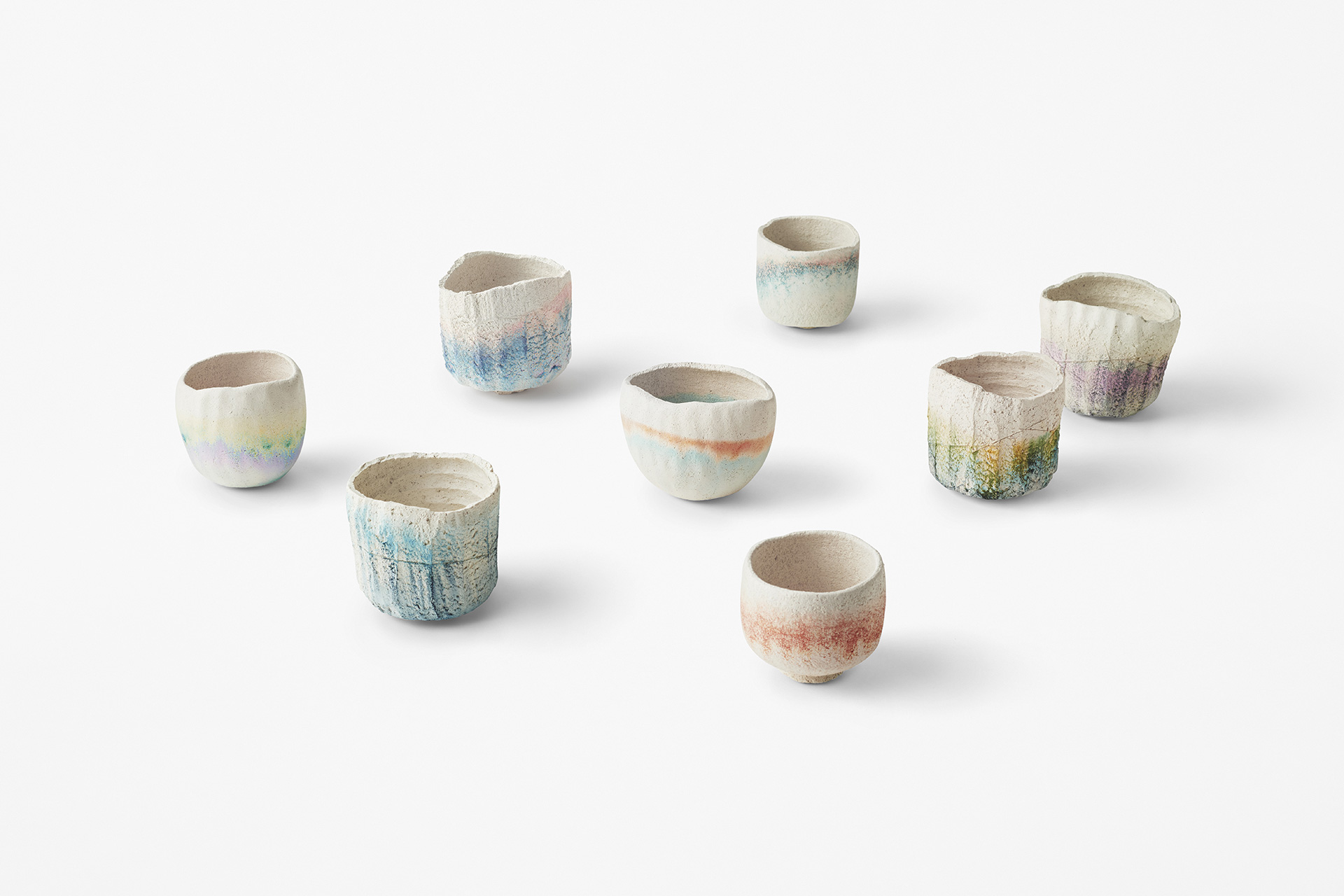
In the process of pigment separation, the water gets completely absorbed into the clay as the liquid successfully pulls off the dye. The dye colours that are compatible with water and remain dissolved for a long time are pulled to the top along with the water, while the pigments that show more compatibility with the bowl’s material adhere to the bottom because they settle into the clay at a much earlier stage. “The difference in ‘compatibility with water’ and ‘compatibility with the bowl’ is the mechanism that separates the pigments,” the collaborators explain.
The bowls take on a more entropic and uneven colour pattern owing to subsequent drying times, which causes pigments hidden in the bowl to emerge to the surface and collect on the skin’s fine convexities. Four out of the eight bowls in this collection witness a more vertical colour distribution owing to the bowls’ fine texture. The remaining four have a more textural, rougher surface that enables the pigment to stay at the bottom, creating a freckled appearance. In this way, each tea bowl’s individuality, owing to its type of clay, the degree of firing, variations in thickness, and minute irregularities, gets emphasised by the shifting colours.
Junwan -Redox-
The concept of the saturated bowl collection was to take advantage of the soft materiality of the bowls as well as their thickly moulded forms, where they are able to create patterns on their surfaces in the process of soaking up liquid. For this new design of Raku ware, the bowls were finished by firing, absorbing an aqueous solution of metal ions and undergoing an oxidation-reduction reaction, which led to its name, Redox.
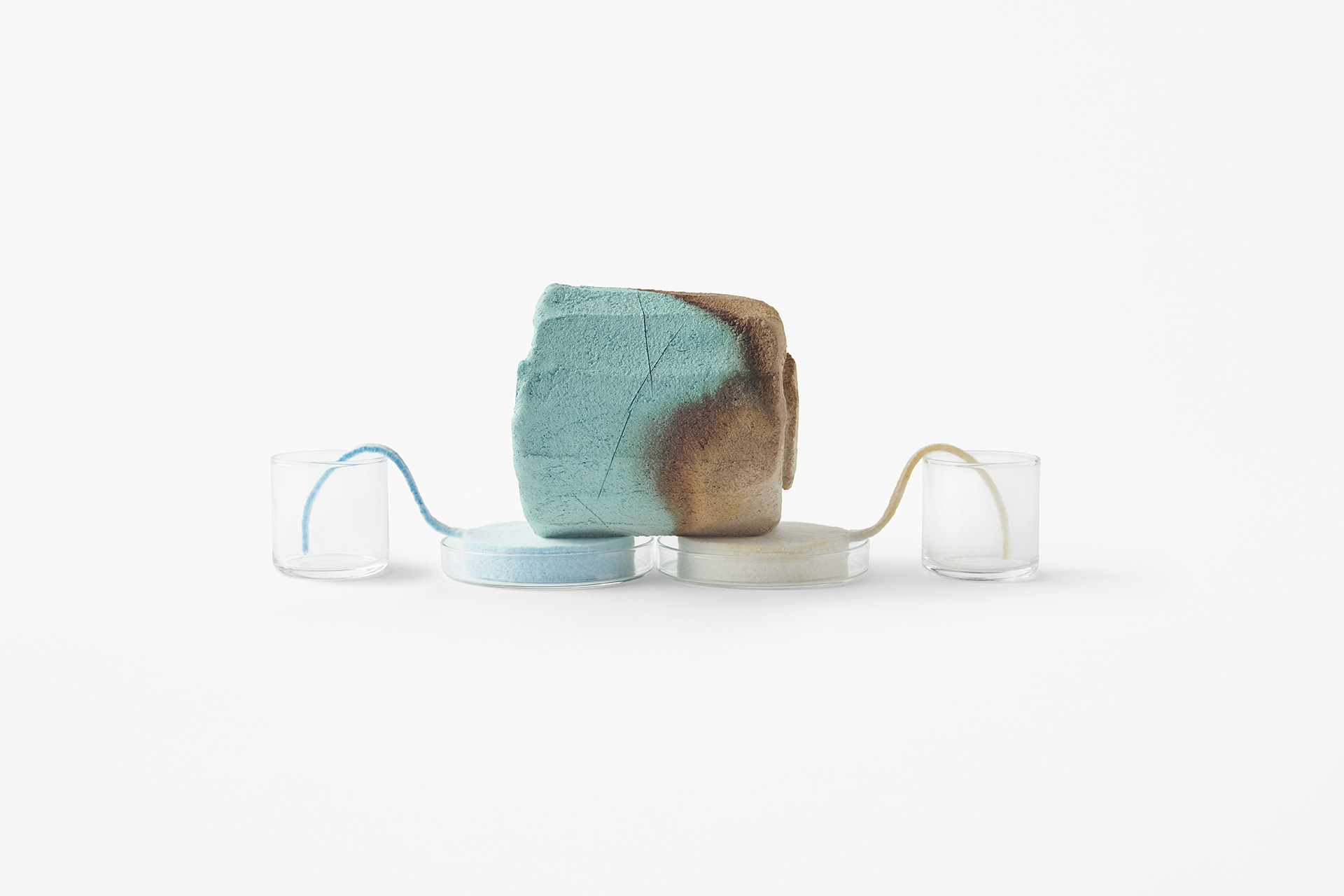
For the bowl's designs, three types of metal ion solutions were used: iron, copper, and silver. The items were initially laid side by side, soaking in the prepared solution from one side while absorbing vitamin C from the other. When the two solutions converge at the bowl’s curving centre, a redox reaction takes place where the electrons from vitamin C get transferred to the metal ions, resulting in a banded colour change on the surface. After drying, a transparent glaze is applied and the bowls are given an oxidative firing. The bowls’ hues continue to develop as while the vitamin C burns and volatilises, the metal ions and metal particles remain and combine with components of the clay art and its glaze, to fix and develop their colour.
Jikinyu and Sato elaborate further: “Typically, in pottery, iron oxide and copper oxide are mixed with glaze to colour a pot’s surface, but this collection attempted a new technique of putting metal components dissolved in water inside the walls of tea bowls. Synonymously, the remnants of the struggle between the metallic components and vitamin C appear as fluctuations in colour and pattern on the surface.”
KICHIZAEMON X will remain on display at the Sagawa Art Museum in Japan, from September 16, 2022, to March 11, 2023.






 Sign in with email
Sign in with email


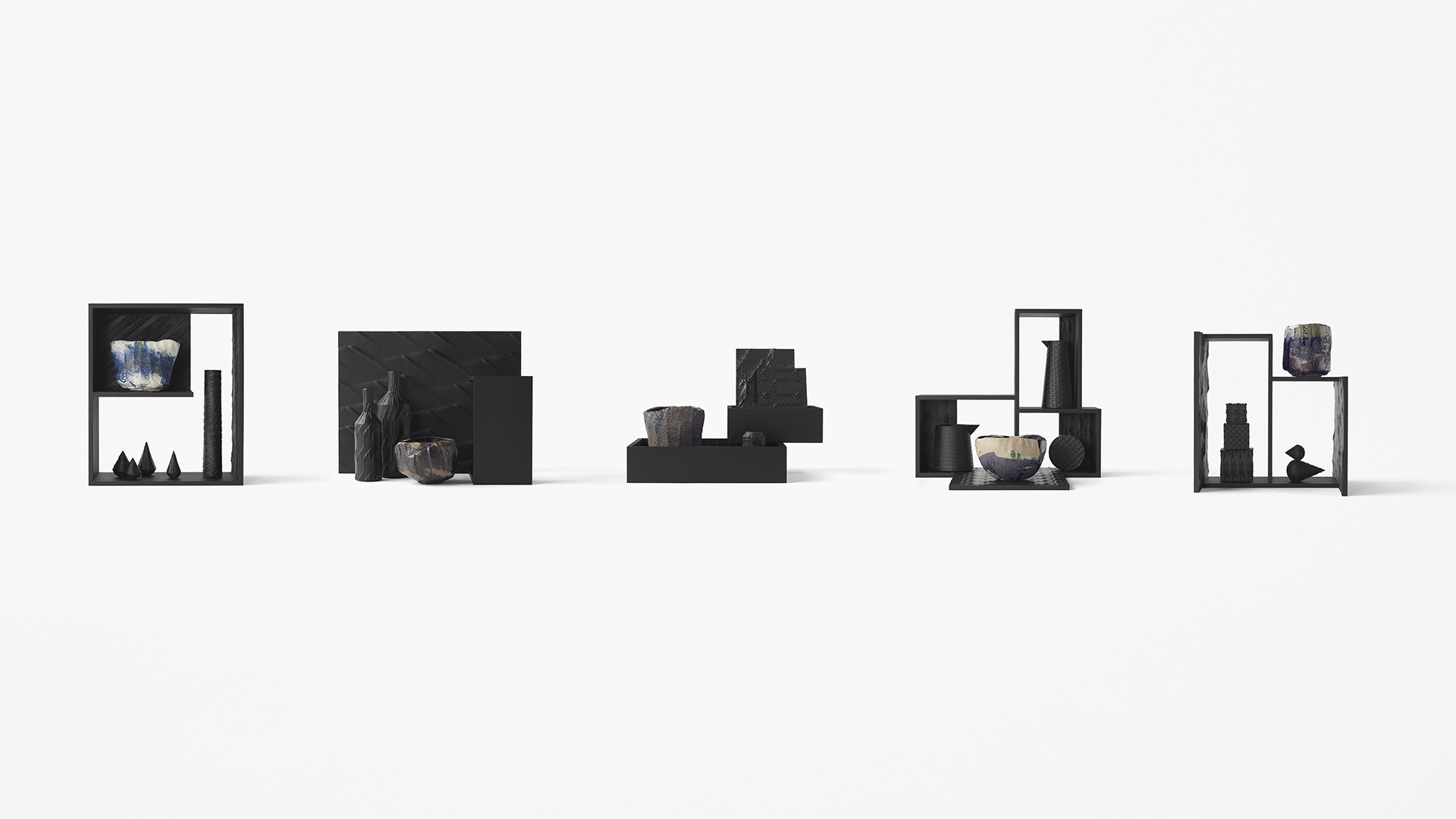
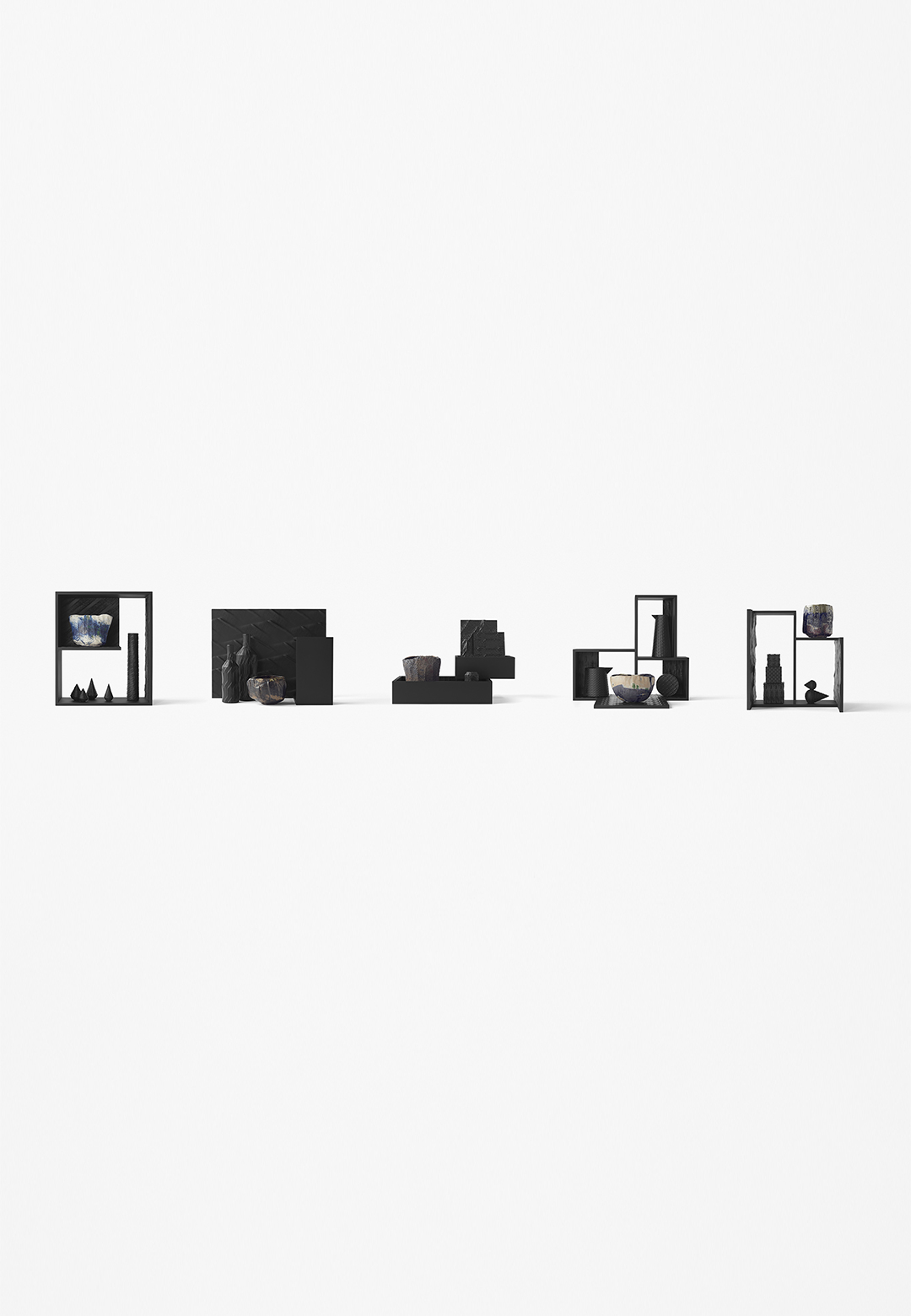
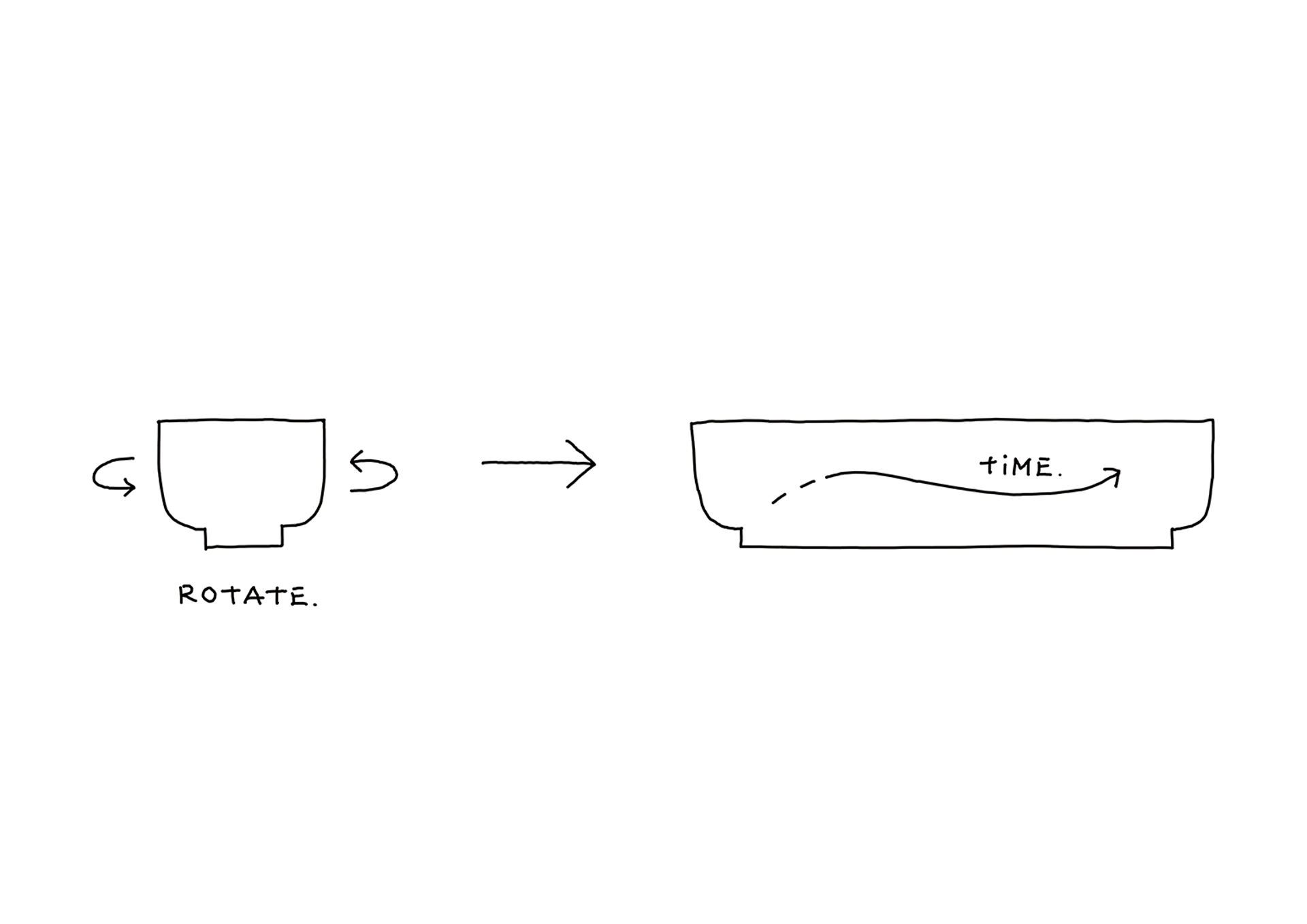
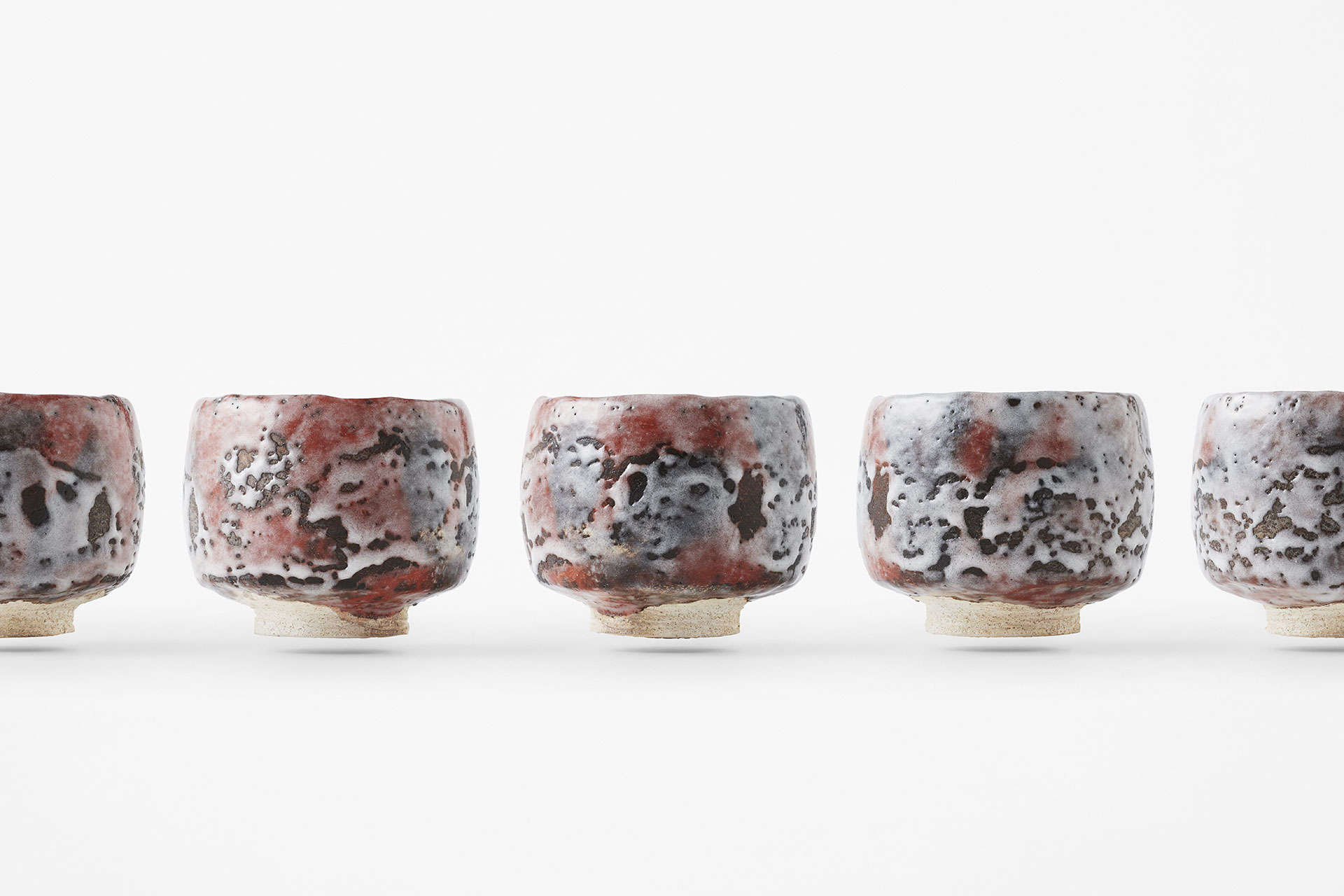
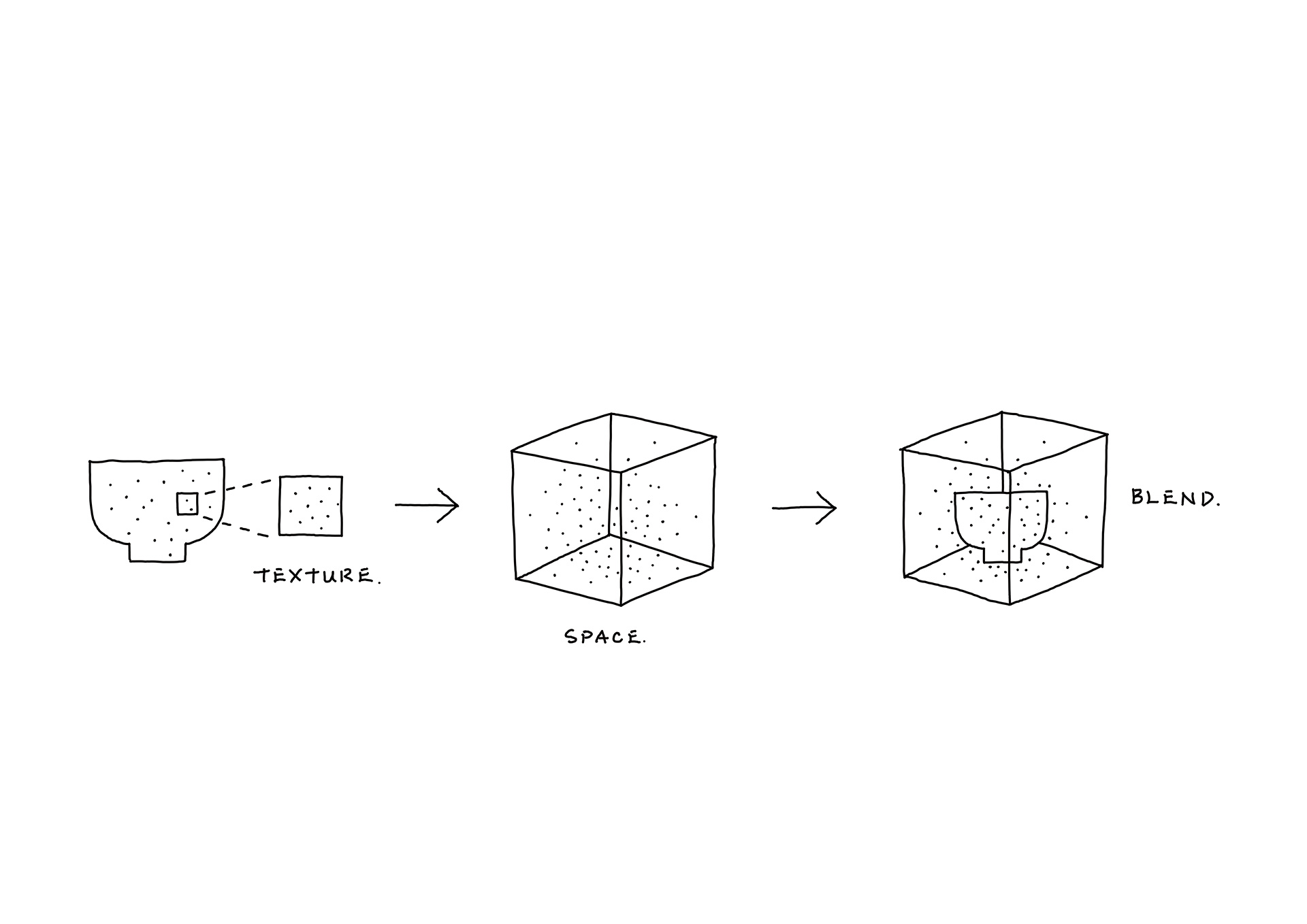
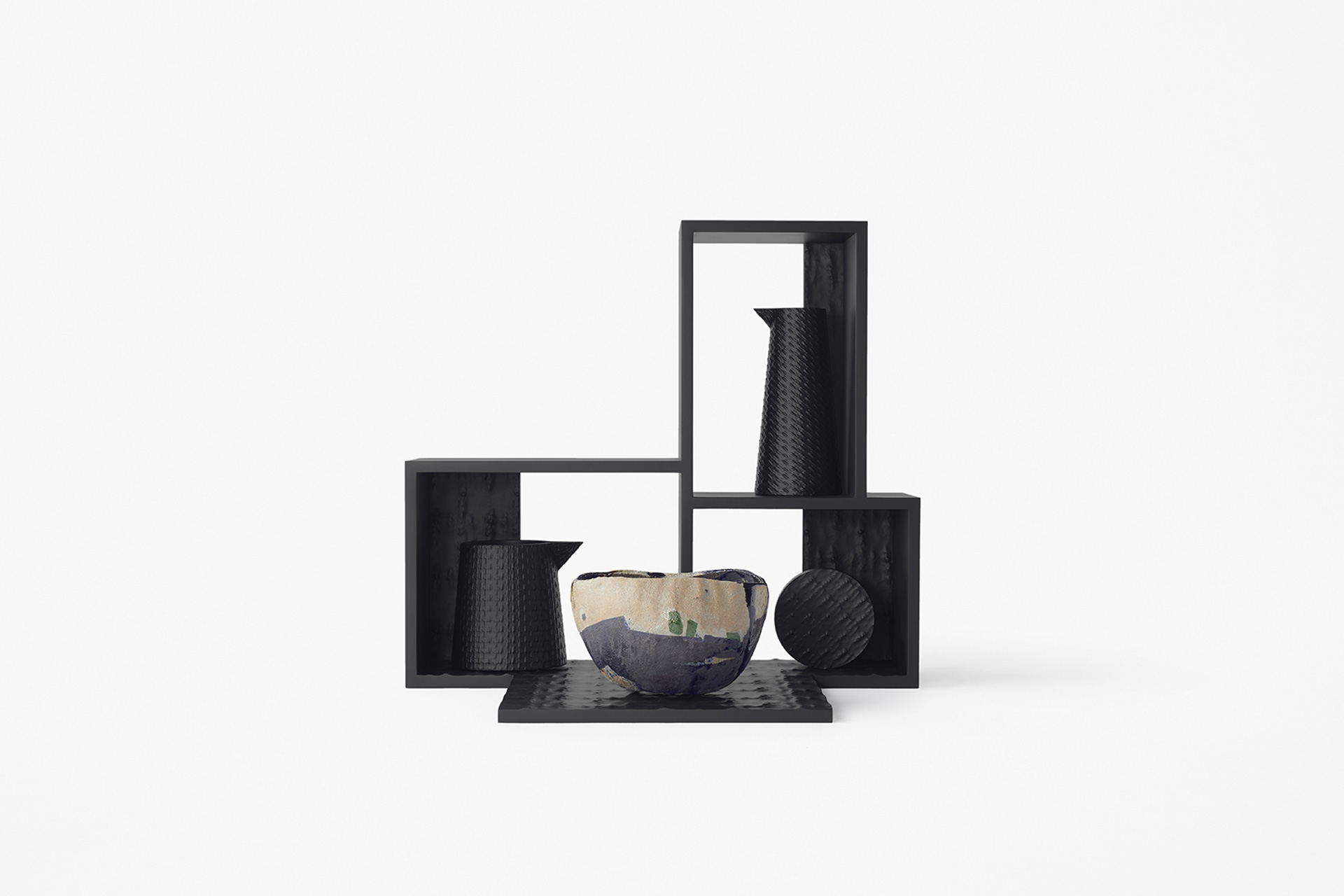
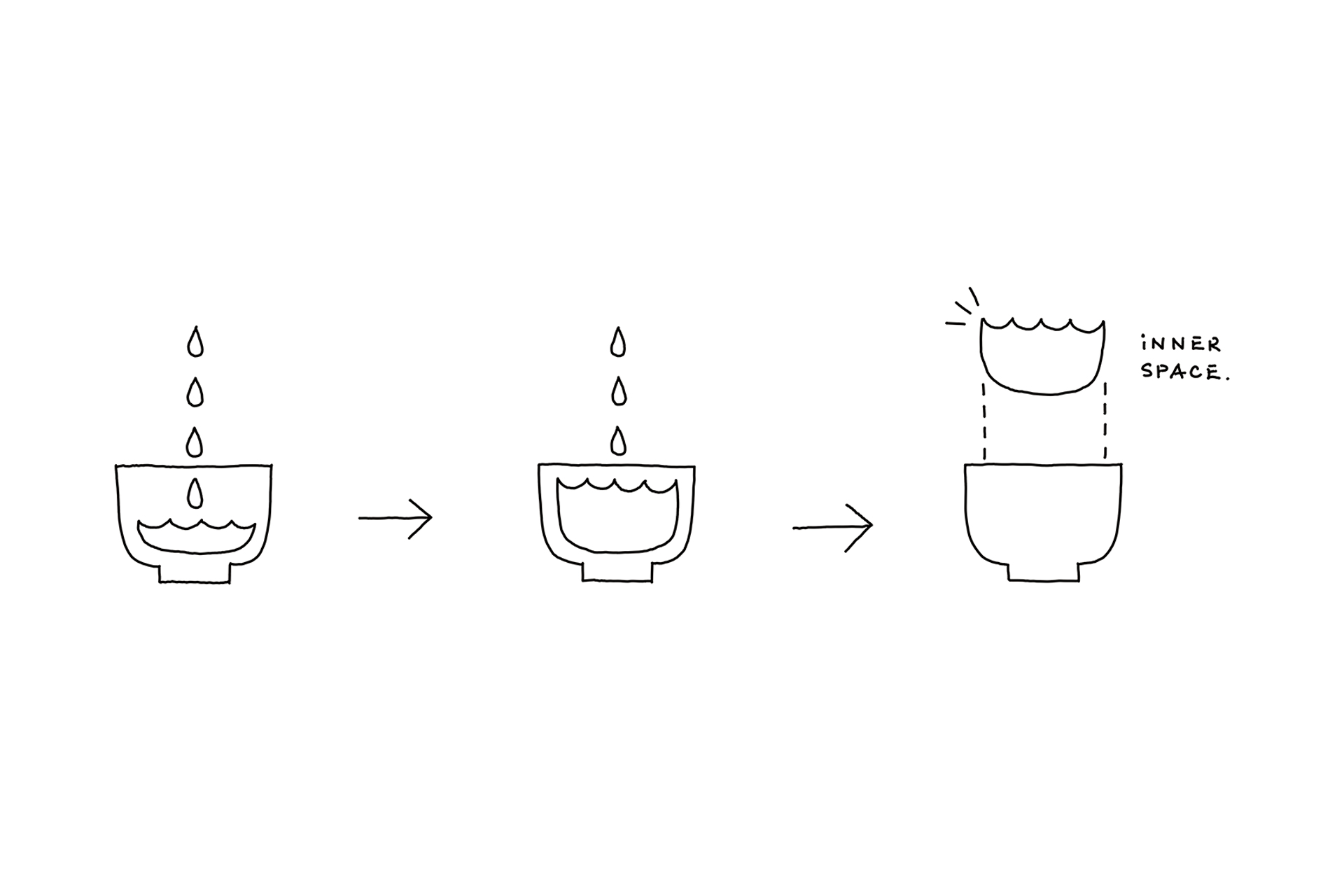
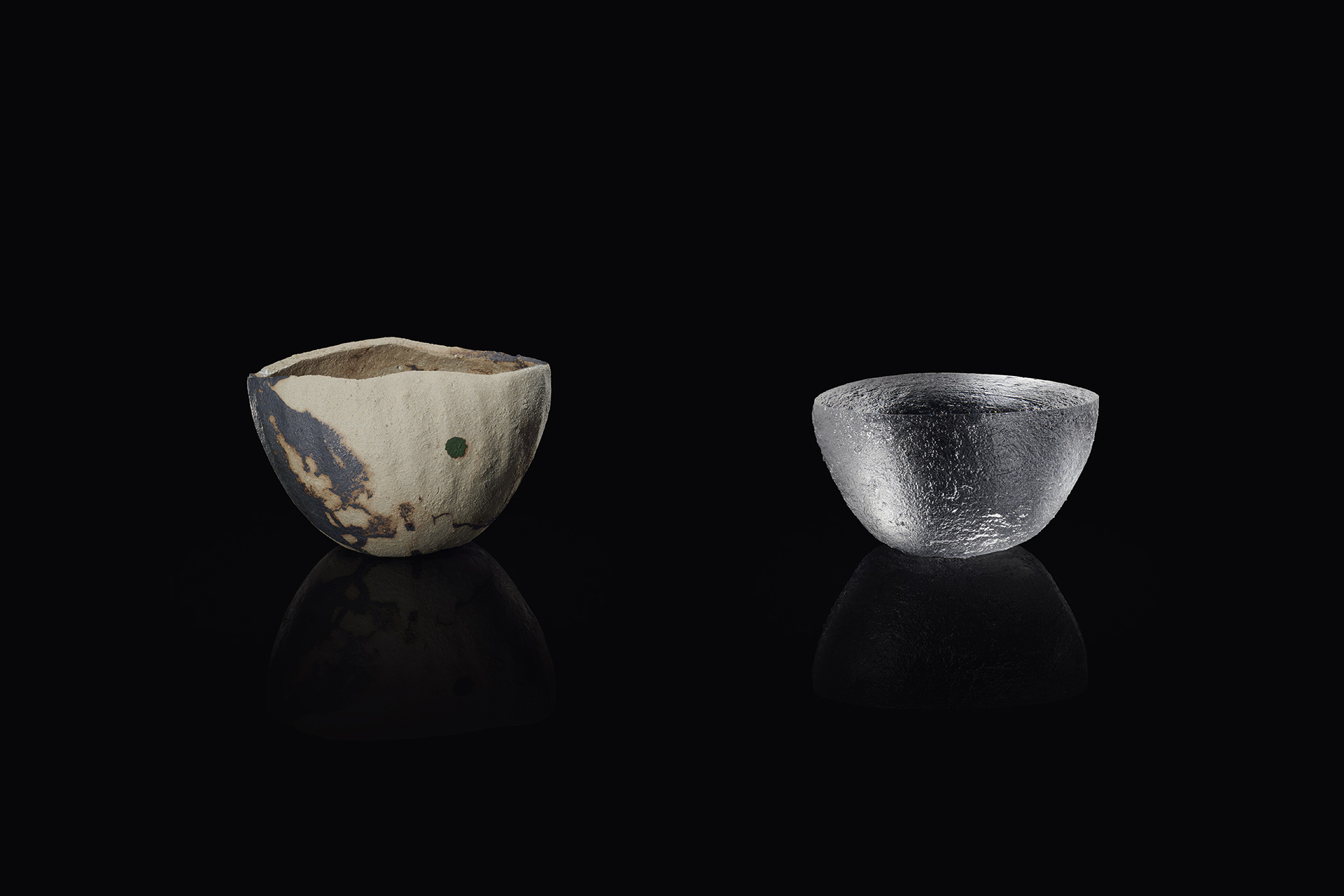
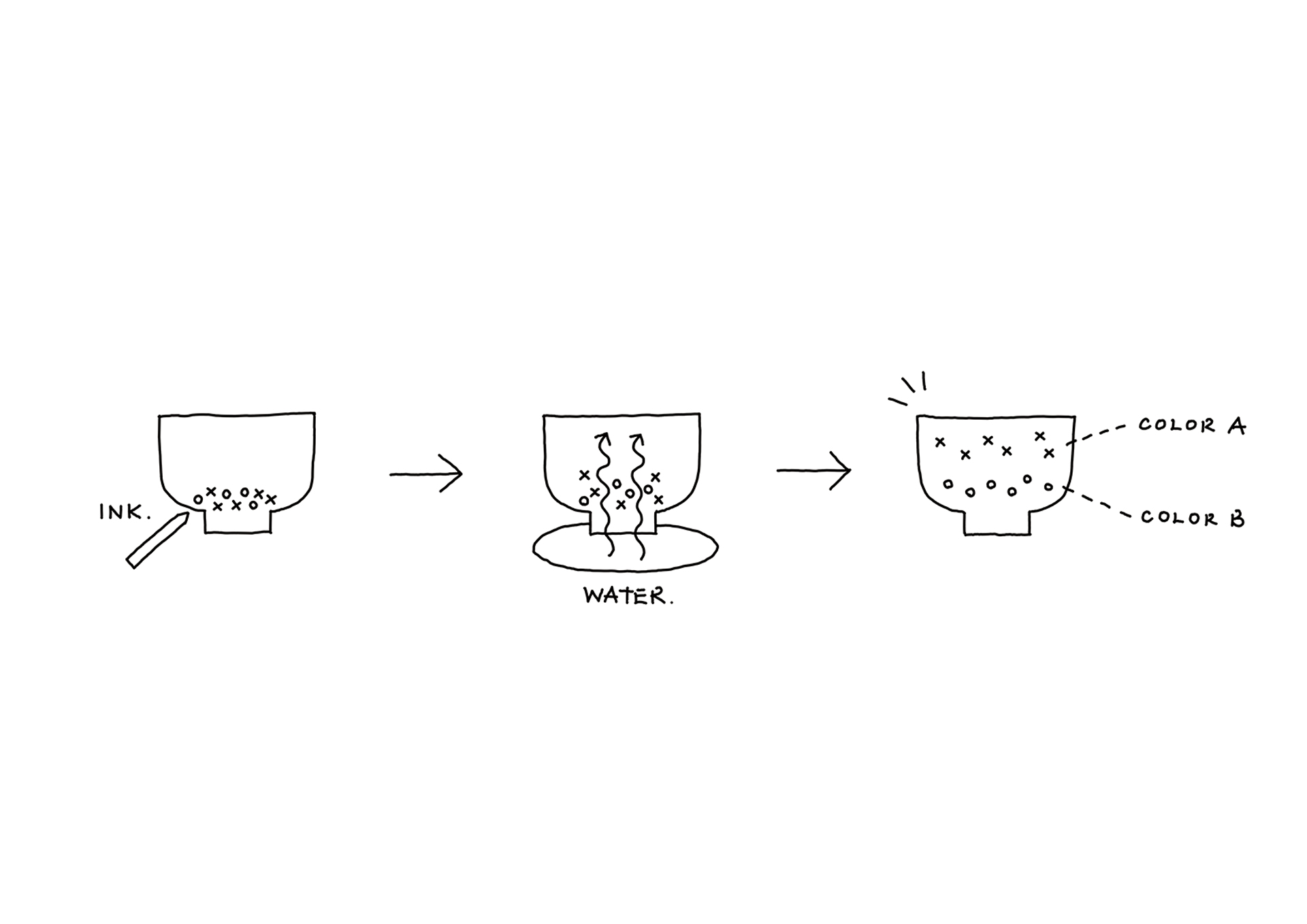
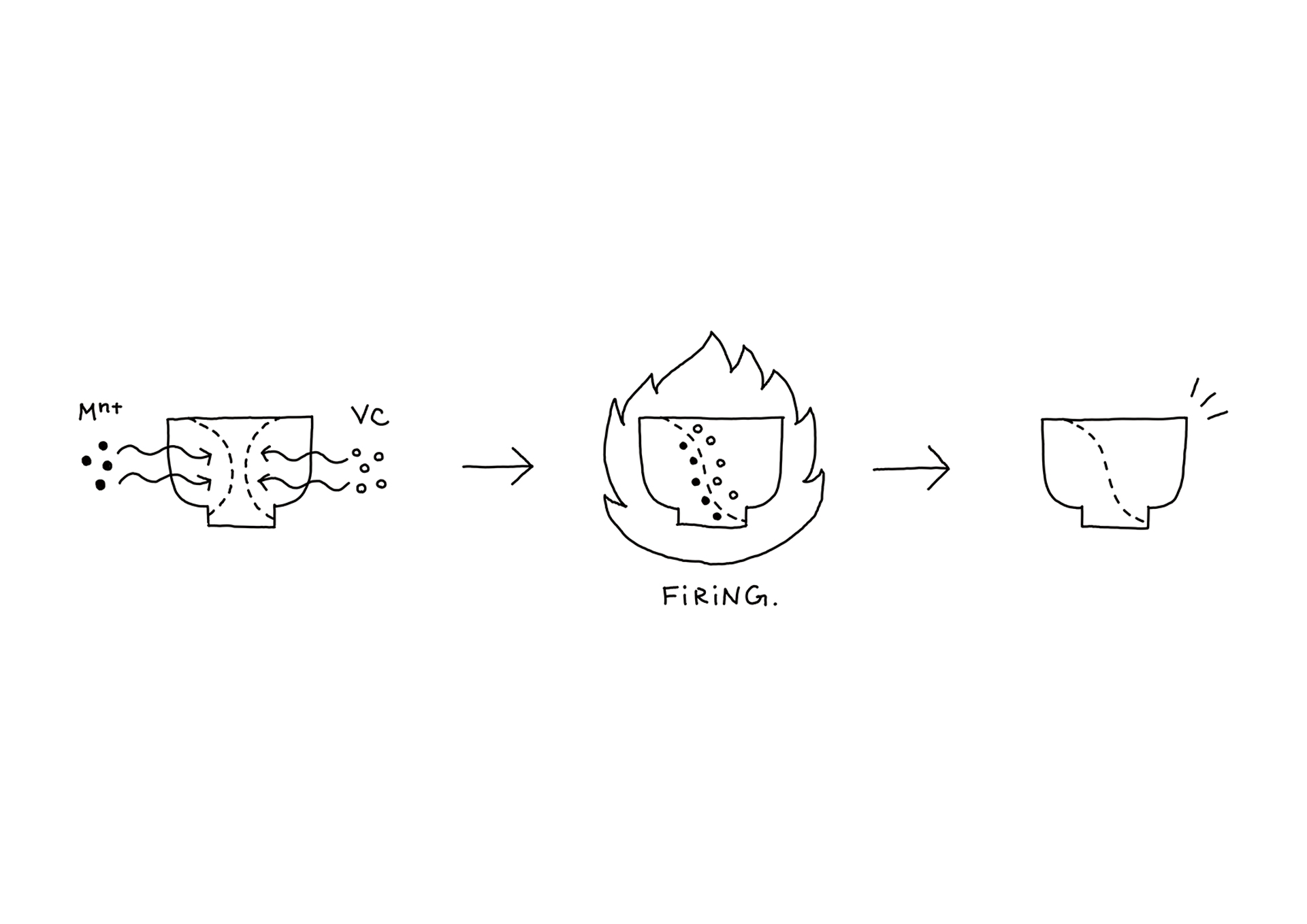






What do you think?